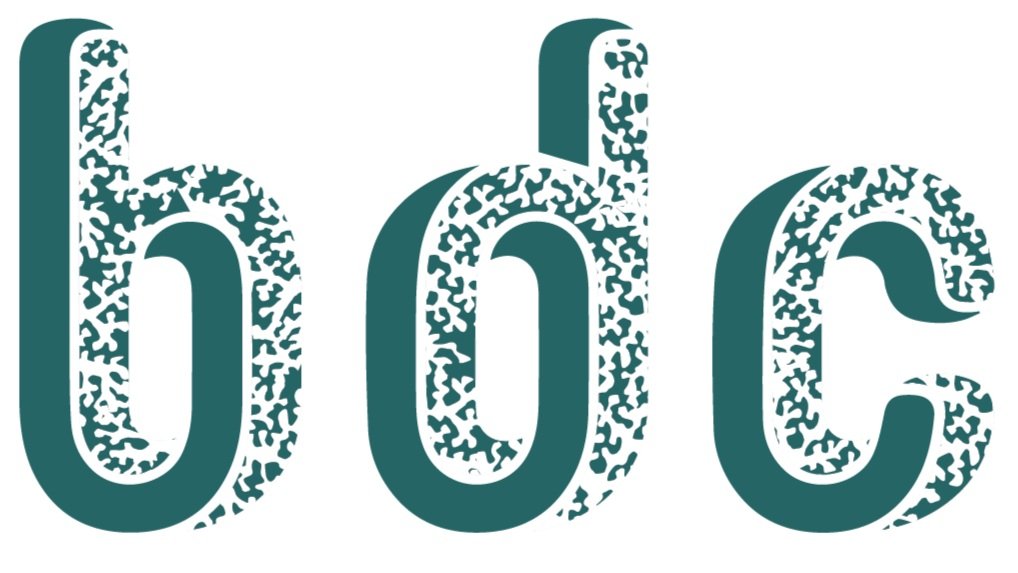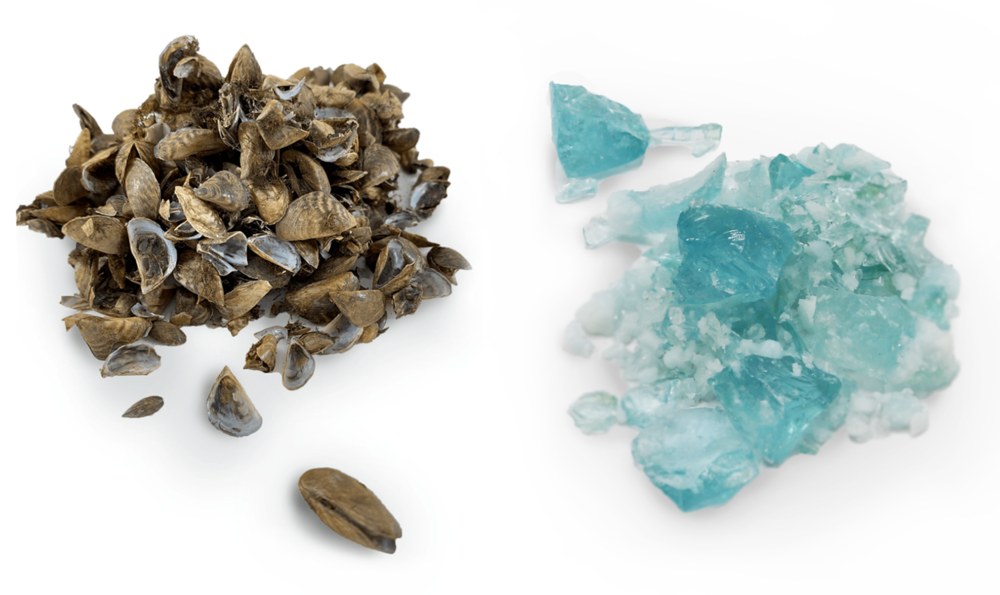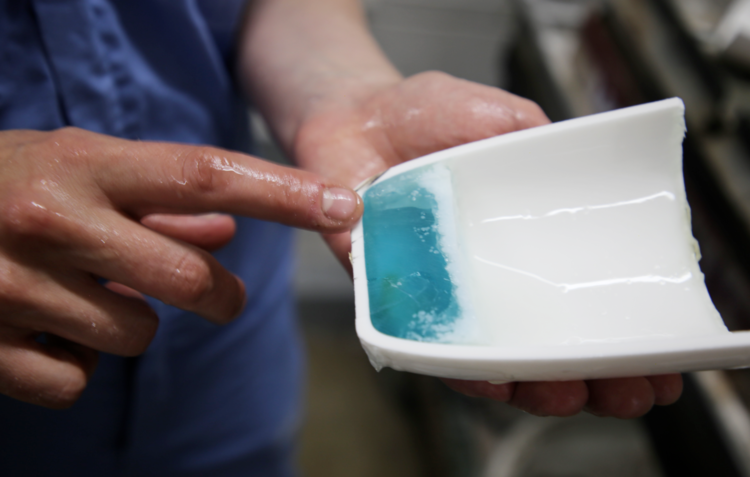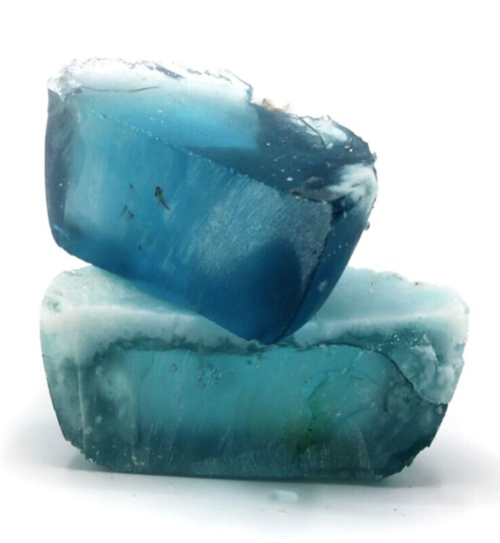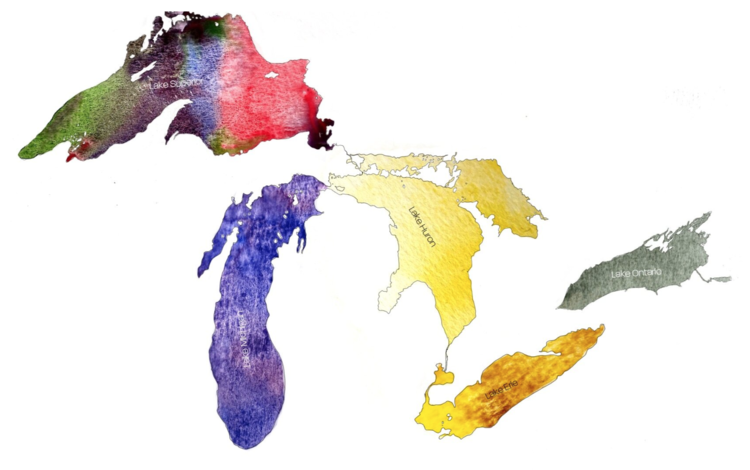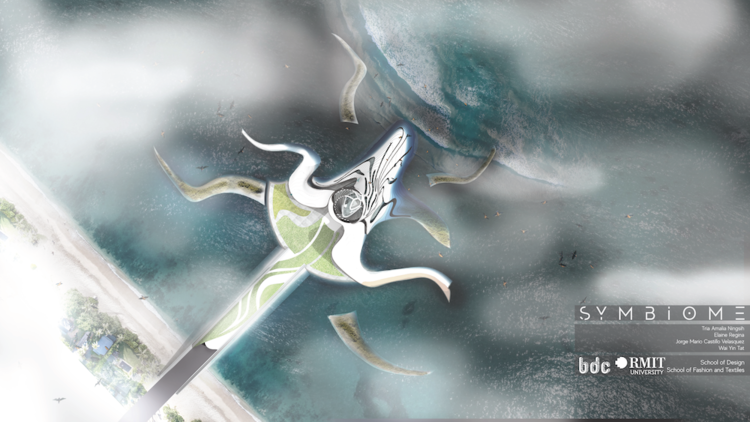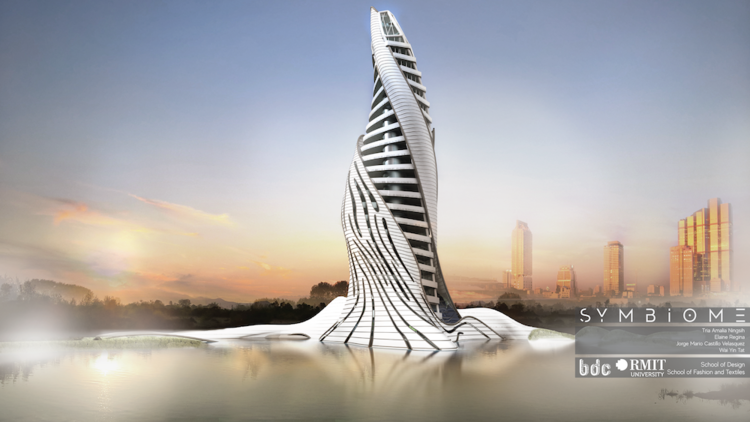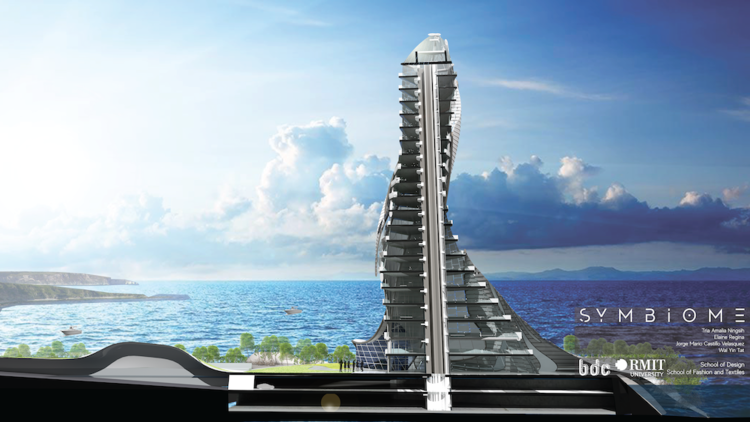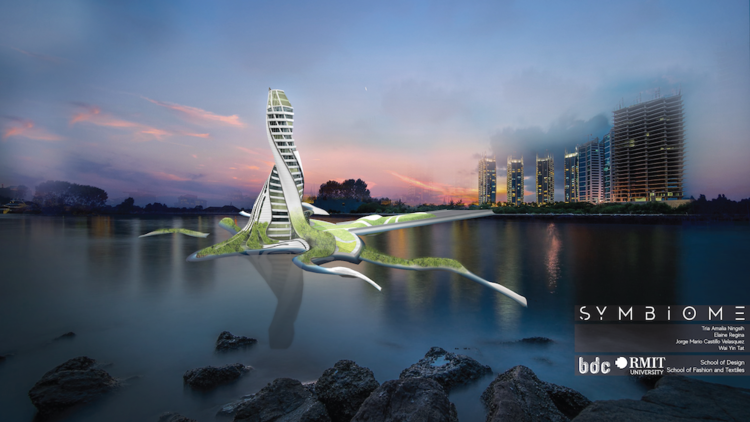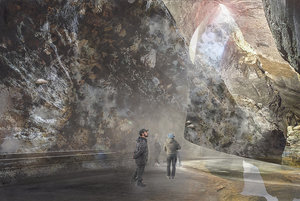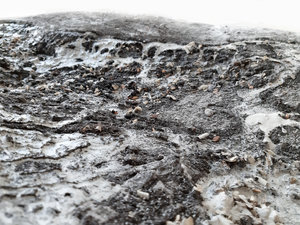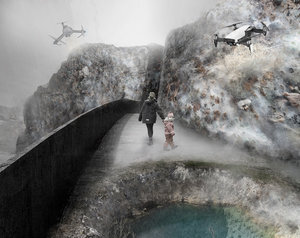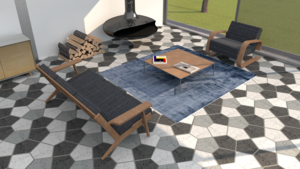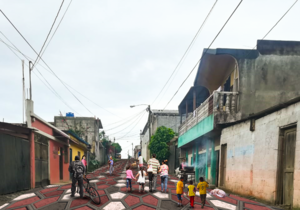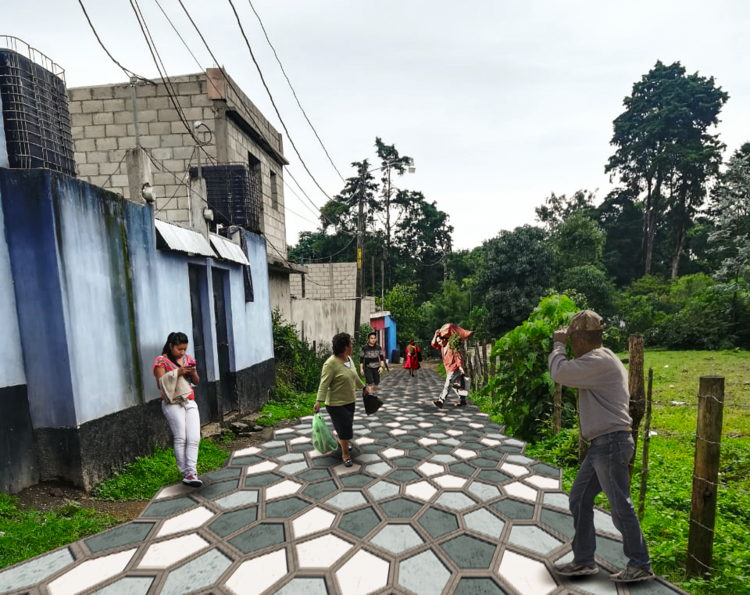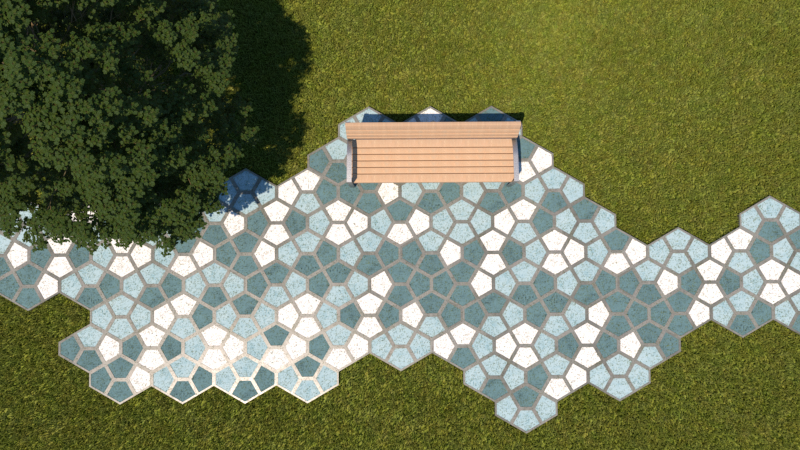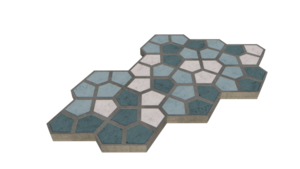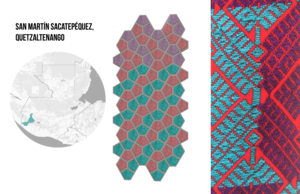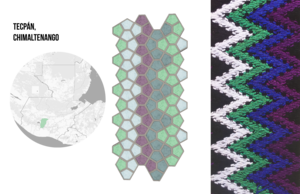Architecture + Materials
Growing materials—perhaps even whole structures—is just one way biotechnology is changing architecture and design.
BDC Projects
Zebra Glass
This project proposes using zebra and quagga mussels, which are invasive to the Great Lakes ecosystem, as a source of calcium carbonate in the creation of region-based artisanal soda lime glass. The project seeks to transform these species from an “othered” ecological threat to an over-abundant resource that can be harvested for local crafts.
College for Creative Studies (2020) | Video | Website
Symbiome
Symbiome proposes the construction of an artificial mangrove to protect Jakarta from ocean flooding that simultaneously desalinates water. The superstructure mimics the trunk of the mangrove, while the infrastructure mimics the roots. The project is aimed to rebuild a symbiotic relationship between humans and mangroves.
RMIT University (2019) | Video
Mycokarst
Focused on the karst ravine in Kazan, Russia, the project proposes using fungus to mineralize karst’s calcites and produce limestone as a way to structurally reinforce soil and mitigate the collapse of roads and settlements in areas where sinkholes are common.
National Research University (2019) | Video | Website
Organic Remediation Materials (ORM)
The ORM project aims to reduce waste from the construction industry. By using bacteria to bioremediate this waste, we will create a low cost material that is integrated into the current construction system.
The ORM product is an organic material, so it can be used in different spaces. For its properties of compaction, a modular shape paving stone allows for more organic patterns that adapt in different environments. A color typology, based on the diverse textiles seen throughout Guatemala, creates a sense of belonging through the representation of our rich cultural heritage.
Universidad del Istmo (2018) | Video
Further Resources
ROOT BRIDGES OF MEGHALAYA, atlas obscura
The living suspension bridges in present-day Meghalaya, a state in northeast India, are the products of meticulous, multi-generational tree shaping. The bridges are handmade from the aerial roots of living banyan fig trees. Learn more⟶
Can We REcycle Cities?, Alex Pearlman, Biodesigned
Bioethicist Alex Pearlman spoke with one Cleveland-based architect who has a radical idea to make the construction industry circular: feed demolished buildings to fungus. Learn more⟶
BiotA Lab
Architect Marcos Cruz utilizes bacteria and algae as living design mediums for building projects. Learn more⟶
Banner image: The Living, Hy-Fi.
